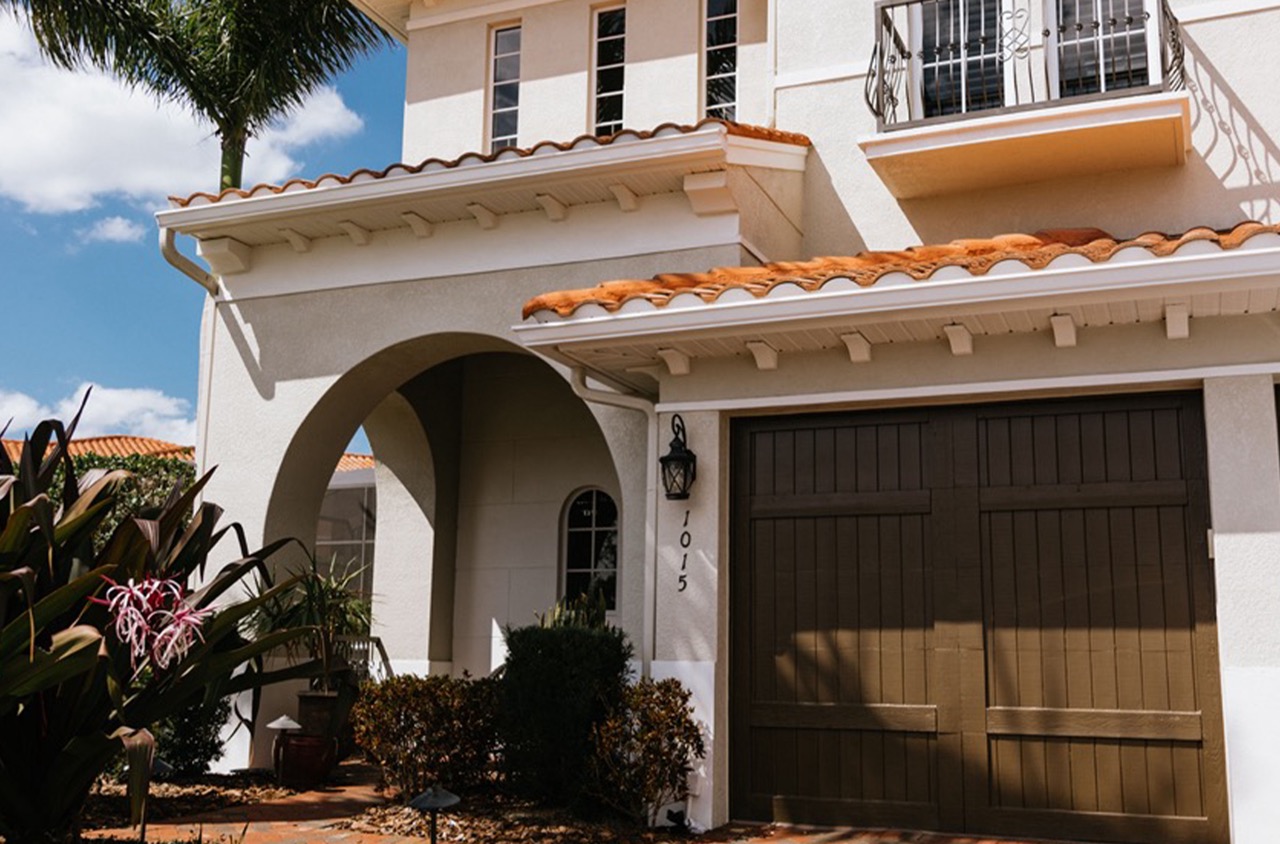Ever find yourself scrutinizing a fresh coat of paint only to spot those dreaded streaks or uneven patches? Painting might seem straightforward, but even the most enthusiastic DIYer can make missteps that lead to unsatisfactory results. Understanding common painting pitfalls is crucial for anyone looking to achieve a professional finish, whether you’re refreshing your living room walls or revamping your office space. By identifying typical errors—ranging from improper surface preparation to choosing the wrong type of paint—you can sidestep frustration and ensure a beautifully smooth appearance every time. In this guide, we’ll explore these prevalent mistakes and offer practical solutions, equipping you with the knowledge needed to keep your painting project on track and looking its best.
Overloading the Brush or Roller
Painting a room can transform a space, but knowing how to properly load your brush or roller with paint is a crucial skill that can determine the final outcome. Overloading, or putting too much paint on your painting tool, is a common mistake that can lead to drips, uneven coverage, and more time spent cleaning up than you might have anticipated.
When using a brush, dip only the first third of the bristles into the paint. This helps maintain control and provides enough paint for a smooth application. Dip too deep, and soon you’ll find paint dripping down the handle, creating a mess that’s harder to manage. As you begin applying paint, use gentle, even strokes. Too much paint will create buildups and runs, especially on vertical surfaces like walls or furniture.
Using a roller requires similar care. Pour the paint into a tray and don’t simply dunk the entire roller into the paint. Instead, roll it back and forth gently across the ridged section of the tray. This technique distributes paint evenly over the roller while removing excess that could lead to streaks or patchiness on walls. Overloading a roller becomes apparent when you see blobs of paint left along your path or when it feels heavy and unmanageable.
When you’re in a hurry, it’s tempting to overload your tools thinking it will speed up the job. In reality, managing paint amount not only ensures a cleaner finish but also saves you from the headache of correcting imperfections later. Always keep a damp rag on hand to quickly clean drips and spills, and remember that painting in several light coats is often more effective than one heavy one.
The right amount of paint sets the stage for a striking finish, whether you’re tackling a small bathroom or an expansive commercial space. Adopting good habits now will make each subsequent project easier, helping you bring your painting visions to life without unnecessary setbacks.
Skipping Primer and Its Consequences
In the realm of painting, the primer is often an unsung hero. Its significance is easily overlooked, especially when eager to see the final color on your walls or workspace. Yet, skipping this fundamental step can lead to undesirable results, impacting both aesthetics and durability.
Primer acts as the groundwork for any painting project. Its primary function is to prepare the surface, ensuring paint adheres well and evenly. Without it, paint can seep into porous surfaces, requiring more coats to achieve even coverage. This not only increases time and labor but also raises material costs, as additional paint is needed.
For commercial businesses, overlooking a primer can cause severe repercussions, making environments appear unprofessional. The absence of primer often results in uneven paint jobs, with visible patches where paint is absorbed differently. Over time, paint may peel or chip, necessitating frequent touch-ups or costly re-dos. In high-traffic areas, where walls are prone to wear and tear, skipping primer can significantly reduce paint resilience.
Moreover, specific surfaces demand primer to combat existing stains or dark colors. In the absence of primer, stubborn stains can bleed through fresh coats of paint. For businesses where appearance is crucial— such as restaurants or retail spaces— stained walls can detract from the desired ambiance or brand image.
In residential settings, the consequences are similarly impactful. Homeowners may encounter issues like blistering or peeling, which not only spoil the aesthetic but also raise concerns about moisture damage. Dewy areas, bathrooms, or kitchens require additional moisture-resistant primers to ensure longevity.
Proper primer selection plays a vital role, too. For instance, drywall needs a drywall-specific primer, while metal surfaces require a product formulated to prevent rust. This strategic choice enhances paint adhesion and ensures the finished product stands the test of time.
In conclusion, the primer is more than just an extra layer. It’s a crucial investment, saving time, reducing costs, and ensuring professional results in both residential and commercial projects.
Painting in the Wrong Weather Conditions
Painting might seem like a straightforward task, but weather conditions can greatly influence the final result. Understanding when and why weather matters can help you achieve a professional finish that lasts.
Humidity and temperature are key elements to consider. High humidity levels can cause paint to dry unevenly, leaving bubbles or blisters. In Florida, where humidity is often high, it’s crucial to choose paints with quicker drying times. Acrylic paints generally perform better under humid conditions due to their quick-drying properties.
Excessive heat can be just as problematic. When it’s too hot, paint can dry too fast before it properly adheres to the surface. This can lead to cracking or peeling over time. In Sarasota and Manatee Counties, where summer temperatures soar, early morning or late afternoon painting can minimize the impact of heat. Picking the right time of day makes all the difference.
Cold weather presents its own challenges. Paint can thicken in lower temperatures, making it difficult to apply evenly. Although Florida rarely experiences extreme cold, it’s beneficial to know that using low-temperature formula paints can help if you’re planning an off-season project.
Wind can also be a hidden adversary. Strong gusts can blow dirt and debris onto freshly painted surfaces, endangering your project. Setting up a cover or choosing a less windy day can prevent unnecessary rework.
Another subtle factor is sunlight. Direct sunlight can cause surface temperatures to rise significantly, affecting paint application. Ideally, work on shaded areas or use canopy setups to prevent sun-related drying issues.
Checking the weather forecast is a simple yet powerful step. With modern apps and tools providing reliable information, you can plan around unfavorable conditions. For those in Sarasota and surrounding areas, staying informed about the local weather will ensure your painting project isn’t compromised by the unexpected.
Next Steps
In mastering the art of painting, avoiding common errors such as overloading brushes or skipping primer can transform your space and imbue it with professional quality. By understanding the intricacies of paint application and recognizing the impact of environmental conditions, these potential pitfalls become opportunities for achieving superior results. A well-prepared surface, properly primed and painted in optimal conditions, ensures not only aesthetic appeal but also long-lasting durability.
When embarking on a painting project, whether residential or commercial, it’s crucial to weigh these factors. If you’re in Sarasota or Manatee Counties and seek expert guidance, consider partnering with professionals who understand these nuances. At A Step Above Painting, our expertise ensures each coat of paint serves its purpose beautifully. Contact us today for a free quote or consultation, and let us help you bring your vision to life with precision and care.





